【CONTENTS】Observing the Fauna of The Norikura Mountains

Habitat for a diverse variety of creatures
A large number of living creatures inhabit the entire Norikura area, starting from the foothills at an elevation of roughly 1500 m to the Ken-gamine peak, at 3026 m. Across the 1500 m difference in elevation, there are mountainous, subalpine, and alpine environments with different natural conditions. The various environments take the shape of grasslands, marshlands, coniferous forests, and alpine vegetation, which means the animals inhabiting the environments change accordingly. The following is an introduction to the main animals you may find in Norikura and other areas of the Northern Alps.
Alpine belt
This area is above 2500 m in altitude and beyond the tree line. The vegetation is mainly Pinus Pumila and a limited number of plants and flowers.
Sub Alpine Belt
This area is around 1500 m to 2500 m in altitude and mostly evergreen conifers such as Abies veitchii and broad leafed trees such as birches can be seen.
Mountain Belt
This area is around 500 m to 1500 m in altitude and is wide and broad. The vegetation that can mainly be seen is the broad-leafed trees such as larches, beeches, and Mongolian oaks.
Lowland Belt
This area is below 500 m, is a laurel forest zone and trees such as Camphors can be seen mainly.
Mammals
Sub Alpine Belt
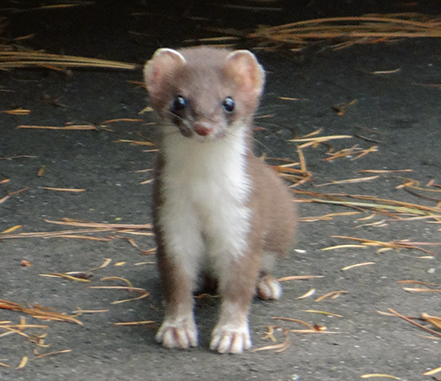
Ermine
They are often seen in rocky areas and along mountain trails. They are popular for their cute faces, but they eat Rock Ptarmigan and insects.
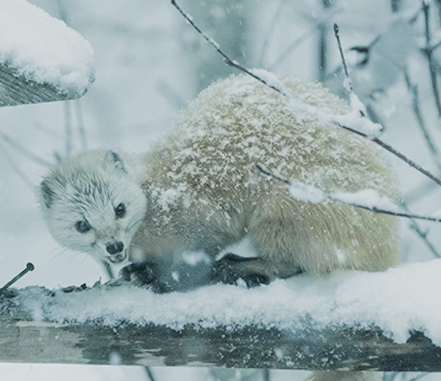
Japanese Marten
There is a relatively high population of these and foxes in the alpine zone, but there are few opportunities to see them. Their droppings and footprints in the snow can often be seen.

Japanese Black Bear
They inhabit a wide area, but unless you run into them directly, the bear will run away first.

Japanese Red Fox
Their footprints are easy to identify as they are in a straight line compared to the skipping pattern of the marten. Their droppings are also flagellate and pointed.
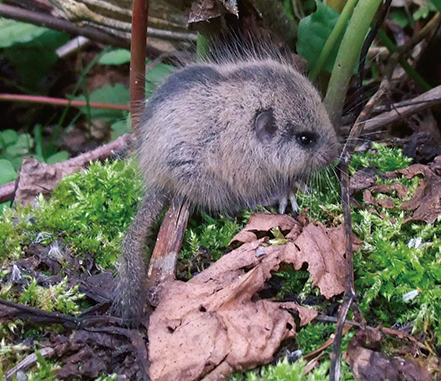
Japanese Dormouse
They are a Special Natural Monument and an endemic species of Japan. They hibernate in tree hollows and inside buildings. Though they are rarely seen, they are characterized by the vertical stripes across their backs.
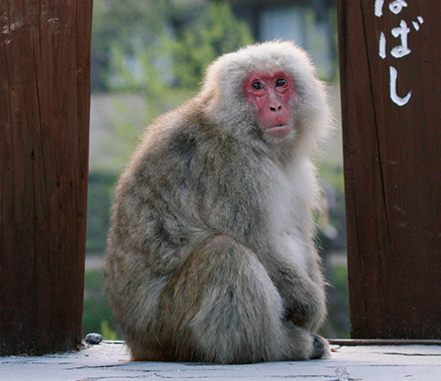
Japanese Macaque
They inhabit the entire Northern Alps area, but in areas like Kamikochi they are accustomed to people and there are concerns about conflicts with humans.

Japanese Serow
They are a Special Natural Monument and an endemic species of Japan. They are widely spread but are more often seen in the foothills than in the alpine zone.
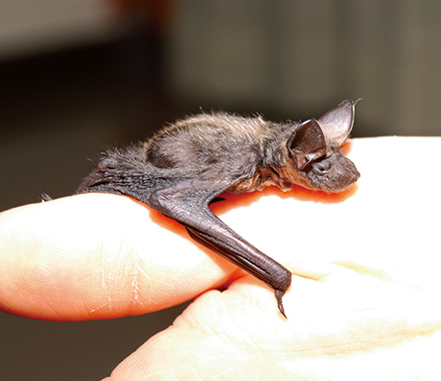
Japanese Northern Bat
A Type II endangered species on the Ministry of the Environment Red List. Their breeding has been confirmed in the Norikura Kogen and kamikouchi, but there are some aspects of their ecology that are still unknown.
Birds
Alpine belt
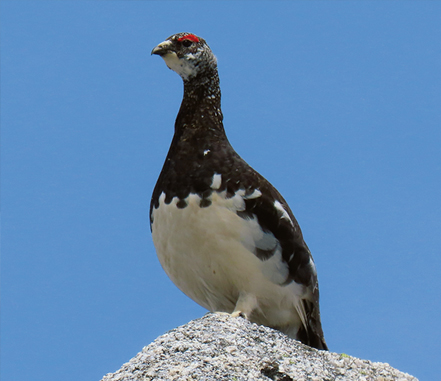
Rock Ptarmigan
This is the only bird in Japan that makes the alpine region their habitat year-round. In the winter they live in the upper portion of the subalpine zone.
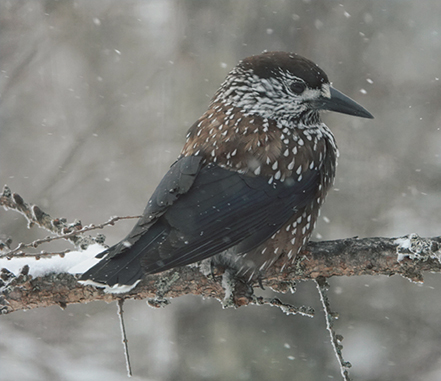
Spotted Nutcracker
These are easily spotted for their markings that resemble a starry night sky. From summer through autumn, you can often see them collecting and storing the nuts of the creeping pine.
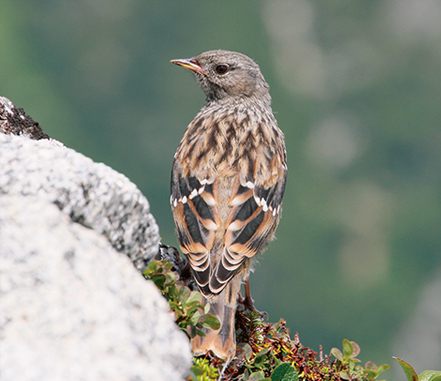
Alpine Accentor
As its name suggests, this bird lives in rocky areas and has a bright, loud call. It is not often shy around people and can often be seen around mountain huts.
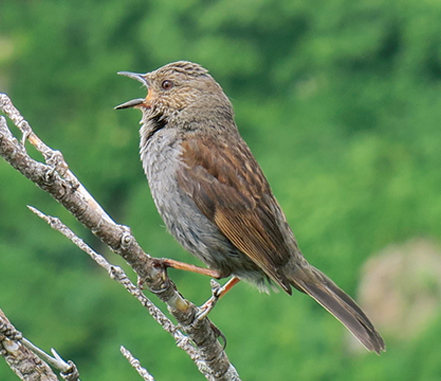
Japanese Accentor
These birds are often found around creeping pines and Japanese torreya as their name suggests, and they have a thin, beautiful cry. It looks similar to the alpine accentor but is somewhat smaller.
※*In autumn, hawks such as the grey-faced buzzard, crested honey buzzard, Japanese sparrowhawk, and the common buzzard can be seen flying in the sky over the Northern Alps.
※Since 2020, it has been confirmed that the winter bird, the Daurian redstart is breeding in foothills in various areas around Japan, including the Northern Alps.
Sub Alpine Belt
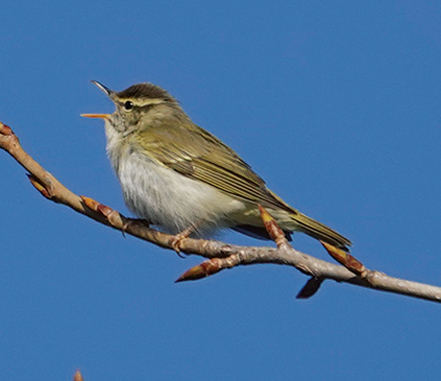
Arctic Warbler
These birds migrate as summer birds and can be heard among the low trees along with the Rock Ptarmigan in late autumn. These birds are representative of the subalpine region.
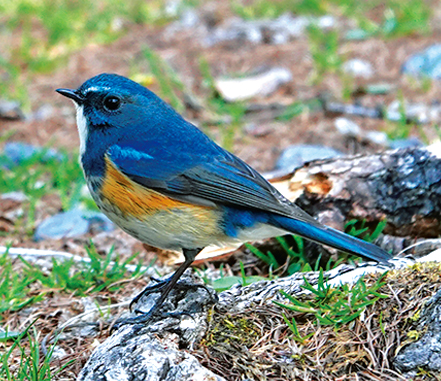
Red-flanked Bluetail
This deep-blue colored bird sounds like a water whistle when it cries. You can try to follow its cries, but it won’t show itself easily.
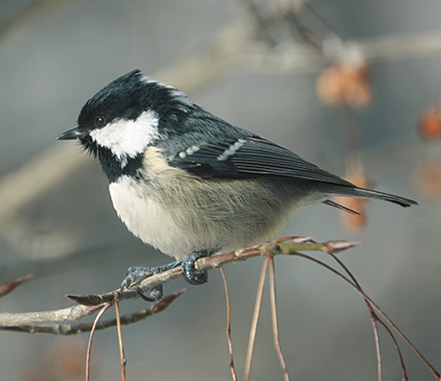
Coal Tit
Woodland bird and member of the titmouse family with a fastpaced cry that sounds like it’s saying “tsupi tsupi.” They can be found inhabiting mountainous and subalpine zones.
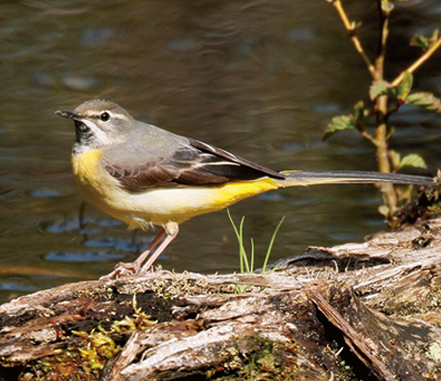
Grey Wagtail
This lemon-yellow colored wagtail is found from the lowlands to the alpine region. They reside along streams and wetlands and mainly eat small insects.
※In autumn, hawks such as the grey-faced buzzard, crested honey buzzard, Japanese sparrowhawk, and the common buzzard can be seen flying in the sky over the Northern Alps.
※Since 2020, it has been confirmed that the winter bird, the Daurian redstart is breeding in foothills in various areas around Japan, including the Northern Alps.